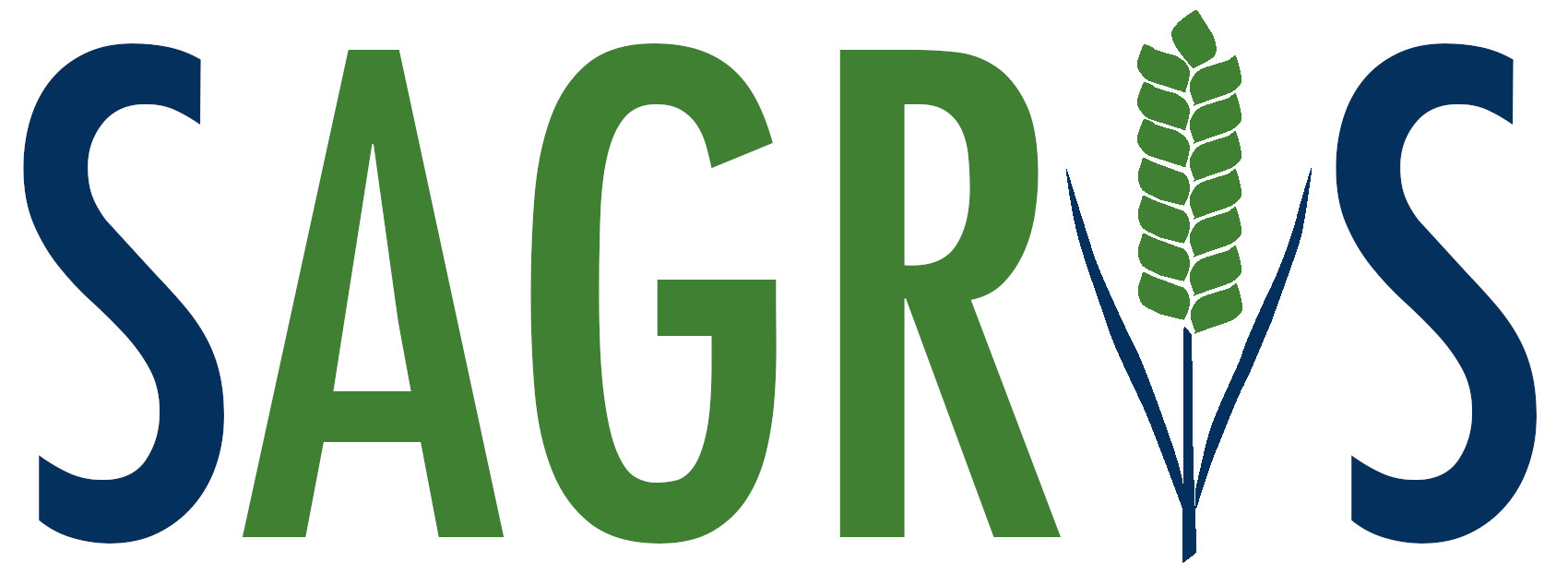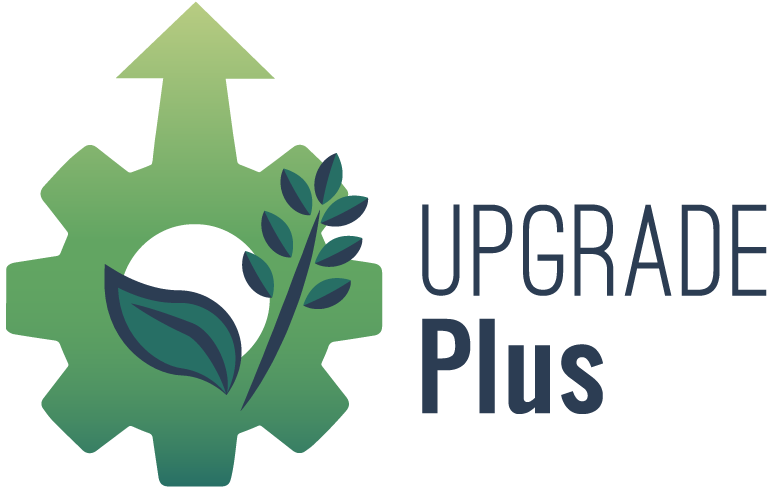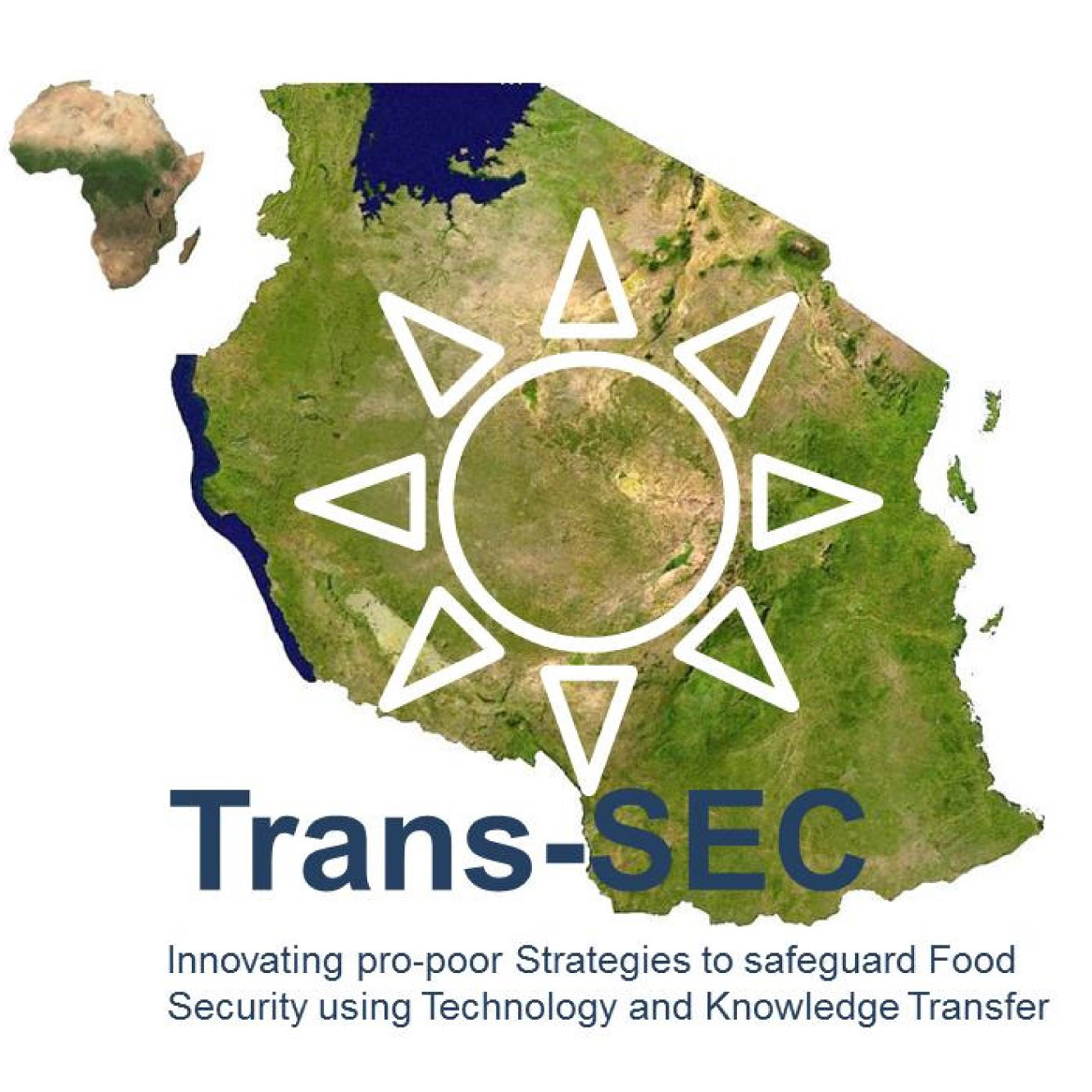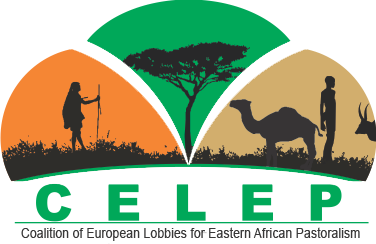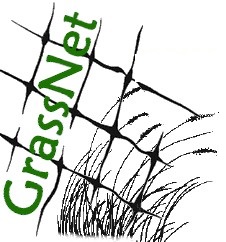High impact grazing as a management tool to optimize biomass growth in northern Argentinean grassland
Ecological Indicators, 63, 100–109, https://doi.org/10.1016/j.ecolind.2015.10.065Grasslands are the main source of feed for cattle in Argentina. Standing dead biomass accumulation threatens efficient resource use. The effect and timing of high impact grazing by cattle as a management tool to remove excess standing dead biomass was studied in grasslands of North Eastern Argentina. High impact grazing (HIG) was introduced monthly on adjacent paddocks over the course of the year and its effects were studied for 12 months following the treatment. Dynamics of biomass re-growth and accumulation of green and standing dead biomass were studied. HIG generally improved the green to total biomass ratio and reduced the overall biomass in the paddocks. Strong seasonal dynamics in the biomass growth rates strongly influenced the effects of timing of the HIG. All sub-plots subjected to HIG showed a growth pattern anti-cyclic to control, with an active growth phase during autumn when the biomass in the control sub-plots decreased. Best results in terms of standing dead biomass reduction and dead to green biomass ratios were achieved after HIG in winter. HIG in autumn, however, reduced fodder availability and reduced next year's grassland's productivity. We propose strategically (carefully) timed HIG not only as an alternative method to reduce standing dead biomass, but also as a pathway to sustainable intensification by providing green forage at levels equal or even higher than those achieved under continuous traditional grazing.
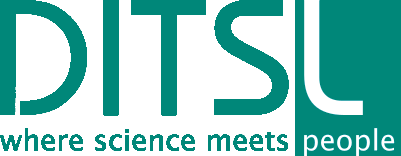
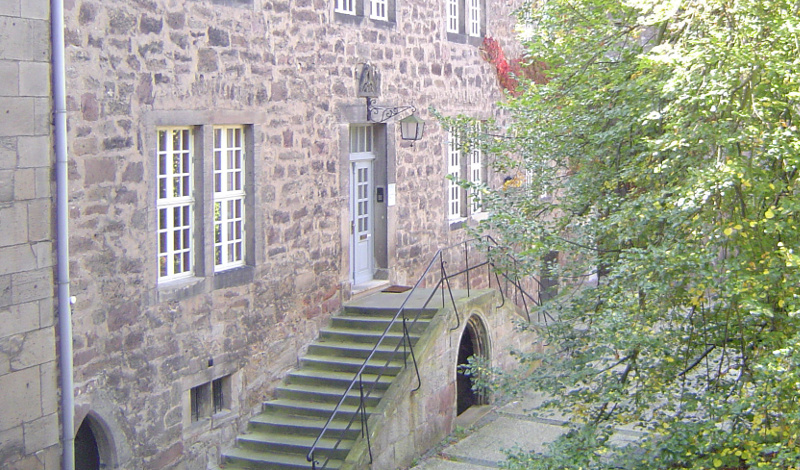




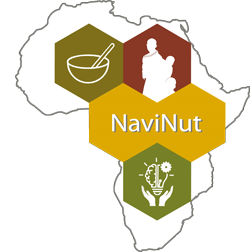 NaviNut
NaviNut